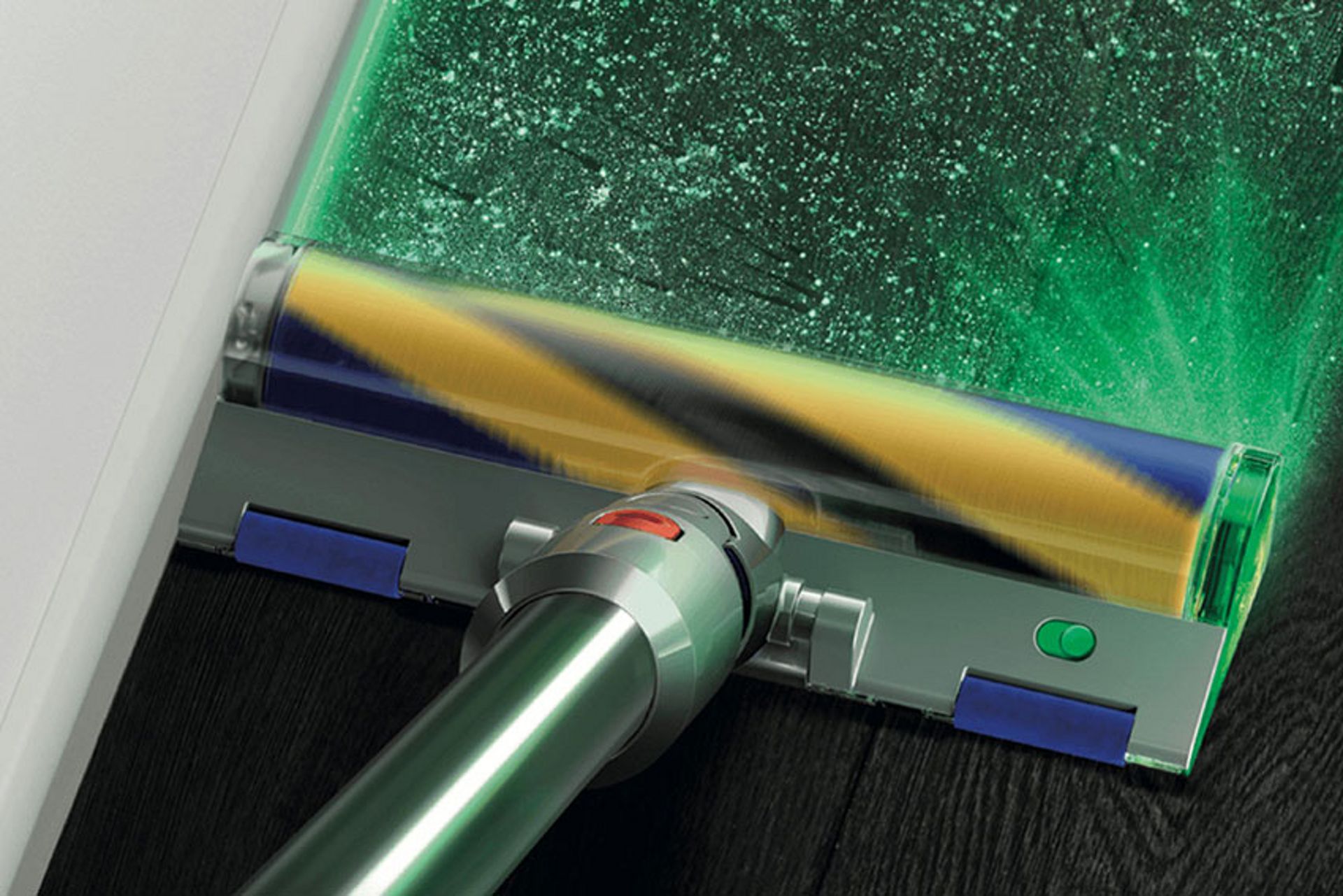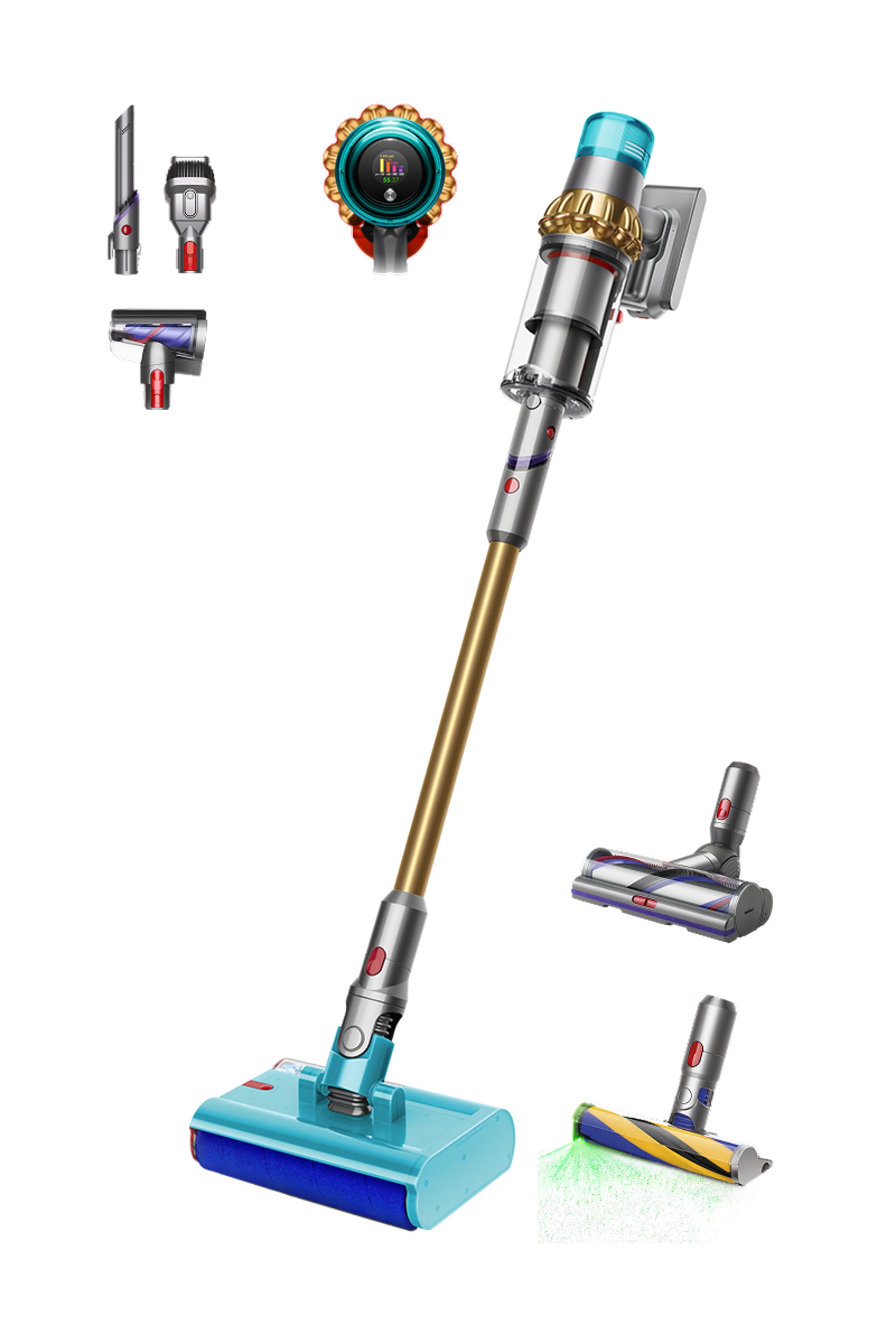-
Australia
Copyright © 2025 Powered by BCI Media Group Pty Ltd
Confirm Submission
Are you sure want to adding all Products to your Library?
Contact Detail

Up to 90% of our time is spent indoors, according to estimates from the World Health Organization (WHO). So removing household dust through regular cleaning, home maintenance, and home improvement projects is important for our wellbeing.
It may seem straight forward, but to remove dust effectively you need to look beyond the floor. Dust is made up from various microscopic particles, and once it becomes airborne, it can move around the home, setting on various hard, and soft surfaces. In this article we walk through how to get rid of dust in a room and achieve a whole-home clean, for a healthy space.
Dyson's vacuum and air purification technology goes deeper for scientifically proven results. Discover what creates dust and the cleaning checklist to adopt in your home.
What causes dust?
Indoor dust is an accumulation of impurities and debris, such as bacteria, pollen, smoke, dirt, pet dancer, hair, skin cells and pollution. The 2022 Dyson Global Dust Study revealed that due to its microscopic size, dust can become displaced by movement such as sitting on a sofa or turning on air conditioning. As repeated, daily activities is what causes dust to travel to remove dust properly you'll need to target furniture, high surfaces, curtains and corners, as well as flooring.

Concerningly, dust can contain allergens and when present in the home. As Monika Stuczen, Research Scientist in Microbiology at Dyson explains, "Just because it is out of sight does not mean it should be out of mind. The microscopic dust particles like pet dander and dust mite allergens have the largest impact on your health and well-being."
How to get rid of dust in the house
All areas of the home can be compromised by pollution and debris. Dust can accumulate in the corners of walls and floors, skirting boards, the tops of photo frames and light fixtures, at the backs of wardrobes, and on windowsills and shelving. For how to remove dust effectively, it's recommended to clean from high to low. This ensures that any dust which becomes displaced as you clean can be picked up later on. Below, see our step-by-step method for how to get rid of dust in the house.
1. Regularly vacuum and wash hard floors
A vacuuming schedule helps to ensure that dust, dirt, debris, and pet hair are removed from the home on a regular basis. Hard floors, carpets, and rugs are commonly vacuumed, but upholstery, mattresses, ceilings, and walls are often overlooked.
When vacuuming, move over areas slowly and deliberately. This allows the brush bar more time to pick up and remove dust. Dyson's vacuum accessories help to clean upholstery and reach high-up spaces, as well as dust blinds without causing damage. For how to reduce dust in the house, consider beating your rug outdoors. This helps remove additional particles and dirt before vacuuming.
For homes with hard flooring such as wood, tiles, ceramic, stone and laminate, it's also integral that you wash hard floors as part of your cleaning schedule. Vacuum first, and then go over any hard floors with a wet cleaner. The Dyson V15s Detect Submarine is our all in one machine that powerfully vacuums across all surfaces and now washes hard floors. Do not vacuum spills or wet debris in dry mode, as this can cause damage to your vacuum cleaner.

2. Wash fabric, upholstery and linen
Dust, dust mites, pet hair and other particles cling to fabrics and upholstery. Wash bedding, blankets, curtains and other fabrics on a regular basis, and use vacuum attachments to clean mattresses, couches, and other upholstery. This helps to remove dust and improve air quality in the areas you spend most of your time in. Furnishings that pets sit on frequently such as couches and animal bedding can also be high traffic areas for dust mites and debris. If possible, remove and wash the outer material at a high temperature as part of your deep cleaning schedule.
3. Wipe down surfaces
It's common to clean dusty surfaces with a wet cloth, but the most effective method for eliminating household dust, including dust mites and their droppings, is to vacuum them first.
Vacuum hard floors then use attachments for surfaces. Afterwards, mop the floors and wipe down the surfaces with a wet microfibre cloth. This will attract and hold onto remaining dust. When thinking about how to get rid of dust from surfaces, pay special attention to areas like the tops and sides of fridges, cabinets, pantries and bookshelves.
4. Use an air purifier indoors
Air purifiers assist in eliminating household dust by helping to clean and purify the air in the home. Dyson's advanced purification machines are engineered with technology that traps dust before it settles on your furniture and floors. Dyson purifiers capture 99.95% of dust and ultrafine particles1. In select purifiers, the MyDysonTM App can also be linked to the machine so that you can receive indoor air quality reports about your surroundings, direct to your smartphone.
If your purifier seems to be running more than usual, or you're noticing that your furniture gets dusty soon after cleaning, your filter may be clogged. For optimal performance, it's advised to change your filter regularly. Connected machines will also provide updates on your filter life, and prompt when a new filter is required.
.jpg?%24responsive%24&cropPathE=desktop&fit=stretch,1&wid=1920)
5. Groom pets to reduce hair
Pet hair mixes with dust and other particles, and pet dander can trigger allergies. In the 2022 Dyson Global Dust Study, we revealed that 1 in 2 pet owners worldwide allow their dog and cats to sleep on beds at home2, but only 36% of them include their mattresses in a clean. This can affect the quality of air that you breath and compromise the health standards of your home.
Regularly grooming and bathing pets helps to remove the dead skin cells which make up dander, and reduces the amount of hair dropped your floors. The Dyson Pet grooming kit, engineered for medium to long haired pets, helps to capture and remove dust, hair and dander before it's shed onto surfaces.

How to prevent & reduce dust in the house
For how to remove dust from the home, the best method is to use effective cleaning technology. Dyson's latest vacuuming technology like the Dyson Gen5 uses HEPA grade filtration to trap 99.99% of particles down to 0.1 microns3. Built-in illumination also reveals the microscopic dust you won't normally see on hard floors4, so that you can be confident of a full clean.
For large indoor spaces, the specially designed air purifier Dyson Purifier Big+QuietTM Formaldehyde projects air over 10m and purifiers large spaces5. Dyson's air purification technology captures 99.95% of ultrafine particles to remove dust which is microscopic in size6.
Now that you know how to prevent dust in the house.
Discover how to choose the right Air Purifier for your home.
1Tested for filtration efficiency at 0.1 microns (EN1822, ISO29364).
212,309 respondents across 11 countries: US, Australia, Japan, China, South Korea, France, Britain, Germany, Spain, Italy, and Turkey. Fieldwork conducted from 15th to 24th November 2021. Data has been weighted at a ‘Global’ level to be representative of different population sizes.
3Filtration tested against ASTM F3150, tested in Boost mode by independent third-party, SGS-IBR Laboratories US in 2022. Filtration efficiency is calculated by comparing the number of standardised dust particles entering the vacuum cleaner against those released. The capture rate may differ depending on actual environment and the mode.
4Compared to the original Dyson Laser Slim Fluffy™ cleaner head. Effectiveness influenced by ambient light conditions, debris type and surface.
5The ability of purifying a large room up to 100m2 (10m*10m) proven from a Computational Fluid Dynamics (CFD) modelling, with the purifier placed in a corner of the room running at the maximum flow and horizontal projection reaching 10 metres to fully mix the room. The projection distance was measured from internal flow reach testing under the maximum directional airflow. The actual performance in real life condition may vary.
6Tested for filtration efficiency at 0.1 microns (EN1822, ISO29364)



